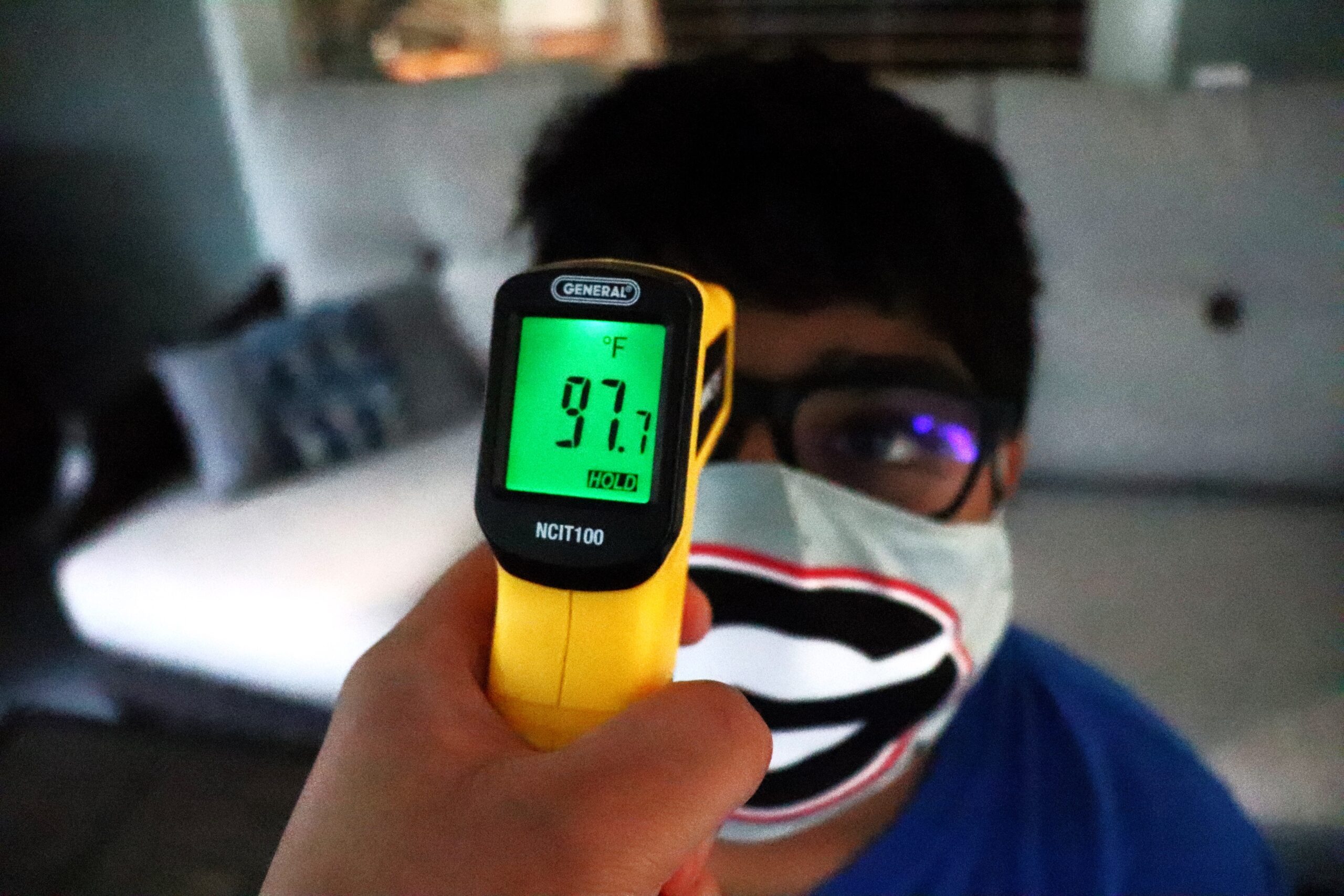Racial Risk Factors

ISHAN VAISH – Risk factors for Covid-19 range from obesity to asthma. Scientists estimate that almost 47% of the population currently possesses one or more of these risk factors, and new ones are being discovered every day. However, statistics suggest that race may be one of the most underrepresented risk factors of the coronavirus.
In the state of New York, black people only make up 18% of the state’s population but they have contributed to 33% of the total number of Covid-19 cases. Similarly back in May of 2020, the Navajo nation greatly outpaced New York and New Jersey in its total number of per capita COVID infections even though it was only home to a fraction of the people. Hispanic communities have also suffered similar fates with deaths and diagnosis rates vastly outpacing their white counterparts. However, it would be wrong to say that race is making one group of people more physiologically vulnerable to Covid-19 than another.
While certain conditions like diabetes, heart disease, and cancer do have a higher prevalence in minority populations, researchers have found socioeconomic and cultural factors to play a greater role in Covid-19 outcome disparities. The largest source of inequality appears to stem from income differences. Low-income individuals are significantly less likely to have health insurance and regularly visit doctors. This places them at higher risks for a variety of conditions that may engender them more vulnerable to Covid-19. To make matters worse, low-income jobs often entail working long hours in close proximity with others. Though some may argue that being low-income is not exclusive to minority groups, over half of the low-income households in America are minority households. Thus, while these rates of infection are alarming, they stem from much larger, structural inequalities.
The National Academy of Medicine reports that minority groups are less likely to receive adequate medical care. Moreover, in studies that controlled for characteristics like class, health behaviors, and access to health insurance, black people were found to receive outdated and insufficient treatments. These inadequacies appear to stem from the source of the care itself. For example, in a study giving physicians Implicit Associations Tests, physicians consistently correlated white faces with pleasant terms even when pictures of Black and Hispanic faces were readily available. While none of this research aims to assert that all doctors are inherently racist, the findings suggest that there are implicit biases that drastically affect the kind of care patients receive. In light of the Covid-19 pandemic, it becomes even more apparent how slight differences in quality of care can lead to systemic health conditions that can make entire populations more vulnerable over time.
While this year has led to several racial reckonings, there is still significant room for improvement. Programs are needed that make healthcare careers accessible to a diverse array of people. Simultaneously, legislation must be passed that allows people of color to receive greater access to healthcare. Though change is unlikely to happen in a single day, it is vital that all of us take the necessary steps needed to educate ourselves on the racial inequalities that exist in healthcare. As many of us start our journeys to become the next generation of healthcare professionals, we bear the responsibility of correcting these biases to create a more equal state of medicine.
Copy Editor: Michelle Patel
Photography Source: Hima Patel
